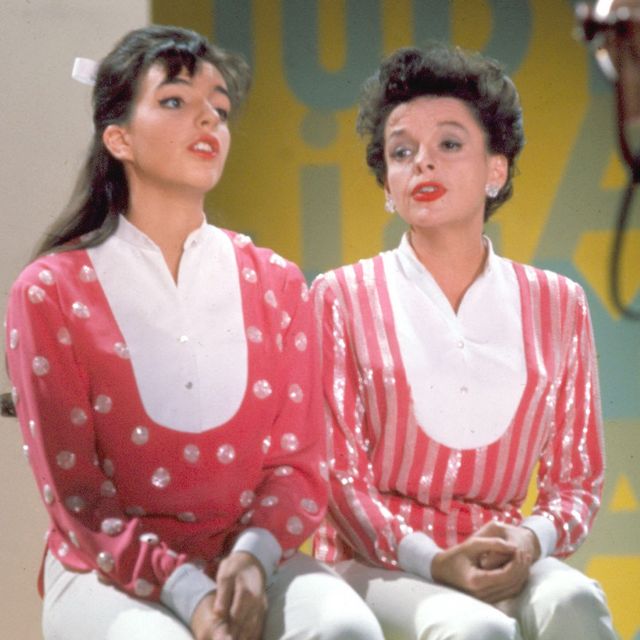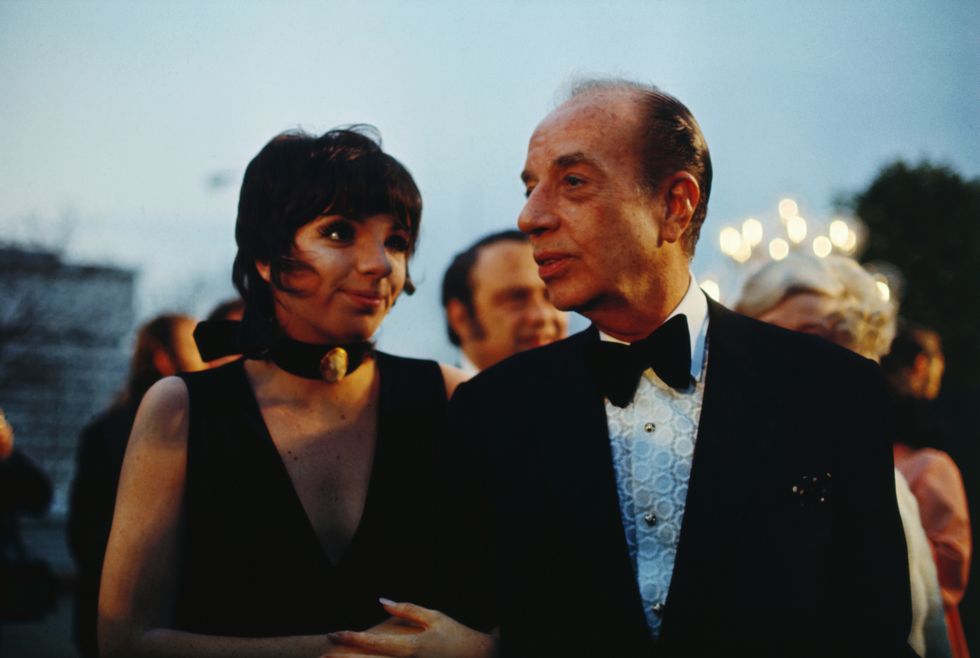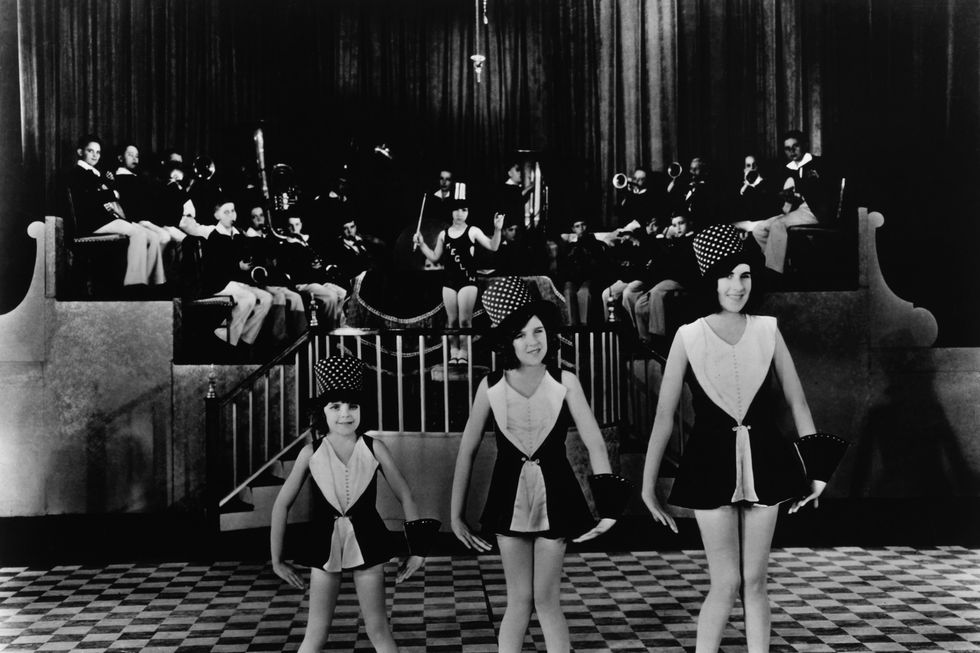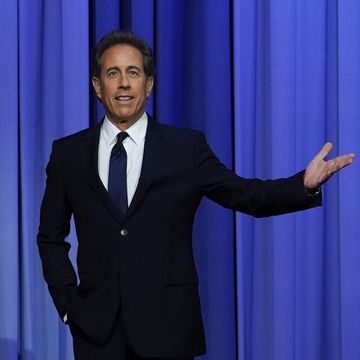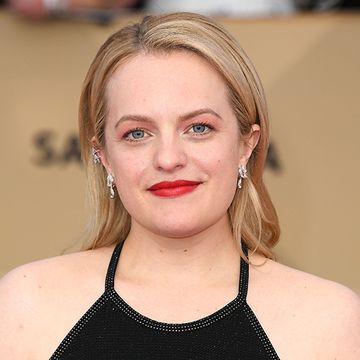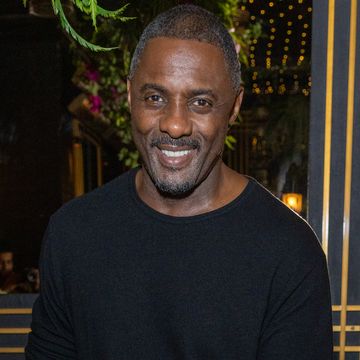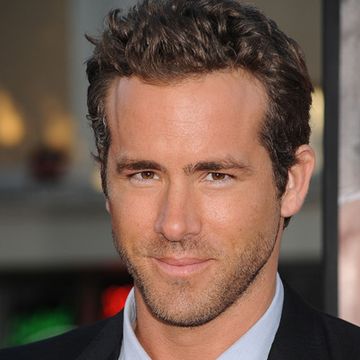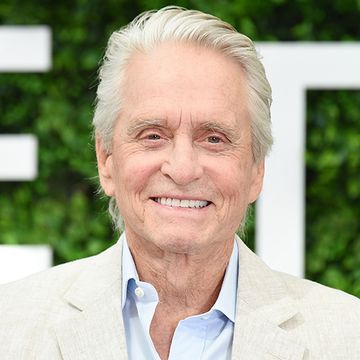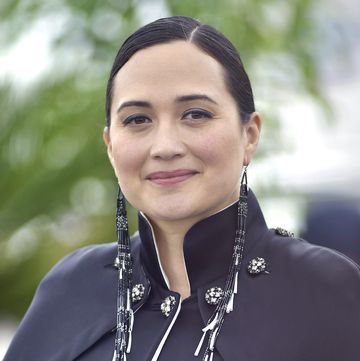That voice! Those eyes! Those gams! Between Liza Minnelli and Judy Garland, those attributions seamlessly apply to both. In 1954 A Star Is Born was meant to be Garland's huge comeback — and comeback she did — but it was eight years prior that truly, her star was born in the form of daughter Liza on March 12, 1946.
With a career spanning 60 years, Liza has become a legend in film and on stage. Famous for her Academy Award-winning role in Cabaret and her Emmy Award-winning TV special Liza with a Z, Minnelli is one of those rare breeds who belong to the EGOT family: in fact, between 1965 and 2009, Minnelli has won a total of seven Emmy, Grammy, Oscar and Tony awards.
Her mother, perhaps, could've given her talented daughter a run for her money in the accolades department had she not prematurely died at the age of 47 from a barbiturate overdose. But still, despite Garland's early death, the existing parallels between mother and daughter are uncannily striking.
READ MORE: Judy Garland's Life Was in a Downward Spiral Before Her 1969 Death
Both had to grow up fast and be breadwinners for their families.
At two and a half, Judy made her first appearance on stage in a "Jingle Bells" Christmas performance at her father's movie theater along with her two older sisters. Managed by their vaudevillian mother, the three sisters would become a traveling act, first known as the Gumm Sisters, and later billed as the Garland Sisters. The trio would make their move into Hollywood and eventually, Judy would get signed onto MGM at the age of 13.
At two and a half, Liza grew up on the MGM lot and made her first appearance in her mother's musical In the Good Old Summertime. By the time she was 19, Liza was already on Broadway, becoming the youngest actress to win a Tony for her performance in Flora, the Red Menace.
"Can you believe that's Liza up there?" Judy proclaimed at Flora's opening. "We did that!" she whispered to the show's costume designer Donald Brooks. "You got her up there looking the way she does. And I got her up there because I'm her mother and conceivably her inspiration — the heck with her motivation."
Judy's competitive spirit was not lost on a young Liza. "It was like Mama suddenly realized I was good, that she didn't have to apologize for me," Liza recalled. "It was the strangest feeling. One minute I was on stage with my mother, the next moment I was on stage with Judy Garland. One minute she smiled at me, and the next minute she was like the lioness that owned the stage and suddenly found somebody invading her territory. The killer instinct of a performer had come out in her."
With Liza's success came money. Around the same time, Judy's drug and alcohol abuse, as well as financial woes, were worsening, and it was Liza who became Judy's caretaker and provider for a time.
They both had gay fathers
Judy's father Frank began getting into trouble starting in 1926 when rumors began circulating he was making sexual overtures to the male ushers at his movie theater. He allegedly seduced and spent a great deal of time with very young men, but would quickly leave their company out of fear of being called out for his homosexual activities.
Liza's father, director Vincente Minnelli was gay or at least bisexual. According to biographer Emmanuel Levy, "He was openly gay in New York – we were able to document names of companions and stories from Dorothy Parker. But when he came to Hollywood, I think he made the decision to repress that part of himself or to become bisexual."
Judy eventually found out about Vincente's subsequent affairs with men and tried to commit suicide once after catching him in bed with another man.
READ MORE: Judy Garland's Personal Life Was a Search for Happiness She Often Portrayed Onscreen
Judy and Liza had multiple husbands
Judy married five times. Two of those husbands, Vincente Minnelli, as well as her next husband, Mark Herron, were gay. Judy divorced Herron after discovering he was gay and had turned abusive towards her.
Liza married four times. Just like her mother, two of those husbands were gay. Liza's first husband Peter Allen had a steamy affair with Mark Herron, while the latter was married to Judy. Later Liza's fourth husband, the late David Gest, was rumored to be gay, although he denied it. The two would have an infamously nasty divorce.
They both suffered from drug and alcohol abuse
With all of the immense pressures of the notorious Hollywood studio system, Judy would become a victim to drugs at a very early age and would later abuse alcohol and attempt suicide.
“From childhood Judy was placed on drugs – to lose weight or to go to sleep or to wake up," actress Lauren Bacall recalled. "And once you get hooked on pills . . . it obviously affected her.” Eventually, Judy's longtime addiction would seal her death.
Just like her mother, Liza got an early start with alcohol and prescription pills and was a fixture of the New York City drug-fueled nightclub scene in the '70s. In the early 1980s she would enter rehab at the Betty Ford Clinic.
Liza and Judy were insecure about their looks
Growing up as a rising Hollywood starlet, Judy was harshly critiqued on her looks, being labeled ugly and fat. She was terribly insecure about her appearance, and being surrounded by beauties like Lana Turner, Elizabeth Taylor, Ava Gardner and Greta Garbo didn't help. During the production of The Wizard of Oz, studio exec Louis B. Mayer would refer to Judy as "my little hunchback" and force her into tight corsets while constantly applying prosthetics on her teeth and nose. She was also put on strict diets that were highly dangerous.
According to biographer Emanuel Levy in his book Vincente Minnelli: Hollywood's Dark Dreamer: "Like Judy, Liza was insecure about her looks and her desirability as a woman." Adding to that, in Get Happy: The Life of Judy Garland, biographer Gerald Clarke noted that the similarities between mother and daughter were remarkable. "Not only did they have the same unusual physique-a big chest, a short waist and long legs — but they shared the same likes and dislikes, even the same neuroses. Liza, too, was convinced she was ugly, a belief that was to make her, like her mother, eternally insecure."
Both biographers claim these insecurities both women felt led them to the same types of men, a search for a father figure.
Both were legends on stage and film
Most famously known for playing Dorothy in The Wizard of Oz, Judy would star in other memorable roles like Meet Me in St. Louis, The Harvey Girls, and A Star Is Born, for which she would receive an Academy Award nomination. She would win a slew of awards, including a Golden Globe, a special Tony, a Cecil B. DeMille Award, a Grammy, and a Grammy Lifetime Achievement Award posthumously.
Called the "Elvis of Homosexuals," Garland became a gay icon, thanks to her onscreen and stage talents, as well as for her personal struggles. Although frowned upon by Hollywood execs, Judy was known to frequenting gay bars with her gay Hollywood friends Roger Edens and George Cukor.
As previously mentioned, Liza is part of the EGOT family and is best known for her onstage performances on Broadway, at Carnegie Hall and Radio City Music Hall, as well as for her film roles in The Sterile Cuckoo, Cabaret, New York, New York, and Arthur. She is also remembered for her performances with her mother at the London Palladium and on CBS' TV series The Judy Garland Show.
With her mother's gay icon status already intact, Liza naturally followed in her footsteps. Her similar talents, struggles, and the fact she is a supporter of gay causes, has elicited love, admiration, and applause from the gay community.
Like daughter, like mother.
